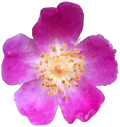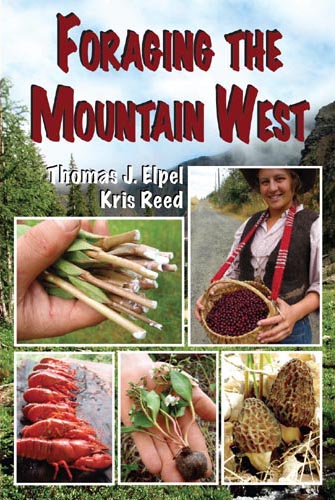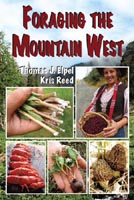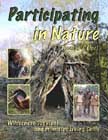| Thomas J. Elpel's Web World Portal  Wildflowers & Weeds 
|  Wildflowers-and-Weeds.com Plant Identification, Edible Plants, Weed Ecology, Mushrooms, and more. Home | Plant Identification | Plant Families Gallery | Edible Plants | Mushrooms | Links Desertification & Weed Ecology | Weed Profiles | E-Mail | Search this Site |
|
Geraniaceae 
If you have a geranium at home, stop and look at it. The regular, bisexual flowers have 5 separate sepals and 5 separate petals with 5, 10 or 15 stamens. Note however, that some varieties have been bred to have multiple layers of petals. The ovary is positioned superior. It consists of 5 united carpels with the partition walls present, forming an equal number of chambers, with 1 or 2 ovules per chamber. The styles of the pistil are fused together, making a distinctive 5-parted, star-like stigma at the end. After pollination, the pistil continues to grow, looking like a needle emerging from the center of the blossom. It matures as a schizocarp, a dry fruit that splits apart into individual carpels (mericarps) when dry. The styles of the pistil remain attached to the individual carpels and they peel away together. Key Words: Flower parts in fives with a needle-like pistil and a five-parted stigma. Please e-mail Thomas J. Elpel to report mistakes or to inquire about purchasing high resolution photos of these plants.
There are more
Return to the Plant Families Index |
|
Looking for life-changing resources? Check out these books by Thomas J. Elpel:
|
|
|


















